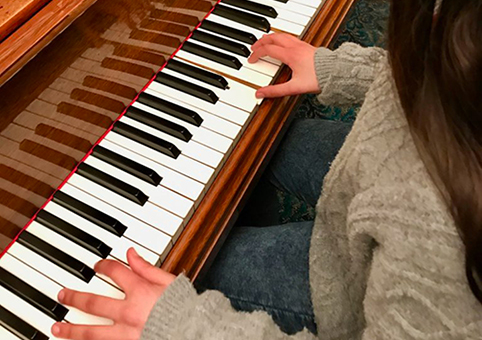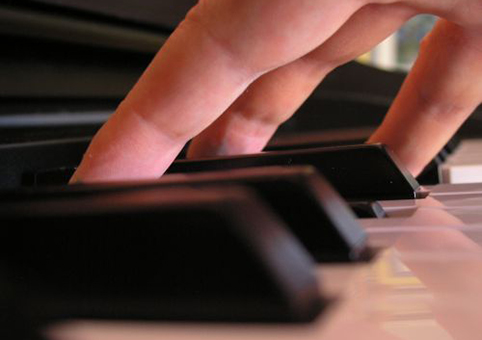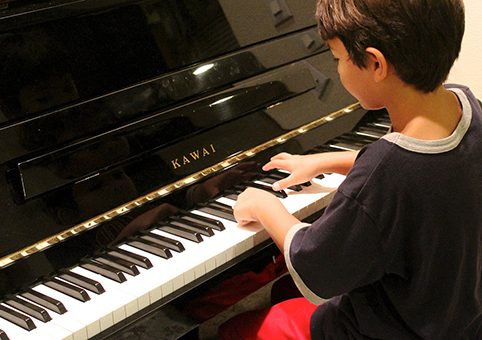Tips to learn faster
Here are some essential tips to help you make the most of your practice and progress quickly.

When we finish playing, we can do the opposite as a compensating posture for relaxing. We stand up, positioning our body for comfortable breathing, with the air moving easily in and out. We extend the arms, letting them fall, putting the palms of the hands forward with the fingers also extended, breathing slowly and deeply a couple of times and allowing the back and neck to stretch. At the end of each class, this can be done together with the teacher in order to foster the habit of systematically doing this after each session.

The fingering that appears in the books should always be taken as a suggestion, and not as an obligation. At times that fingering will prove very useful in resolving a passage, but if it does not feel comfortable, one should look for other possibilities. All bodies are different, and we must look for the best result for each one. After trying out different fingerings, we often return to what we began with. Yet the mere fact of having searched for an alternative will reinforce that choice, since it was chosen by ourselves, and will be easier to memorize for that reason.

After playing, the student should think about the results, mentally reviewing how each part of the piece came out, in order to correct or improve on what the student did not like, or to make sure to keep playing the apparently satisfactory parts in the same manner. In classes, it is useful to do this review with the teacher. The student should make sure to express himself clearly and unambiguously. We do our thinking with words, with sentences, and it is important to develop the discourse in order to nourish and develop it. We then finish the review so that it becomes saturated in emotional instinct, thus constituting a musical discourse.
